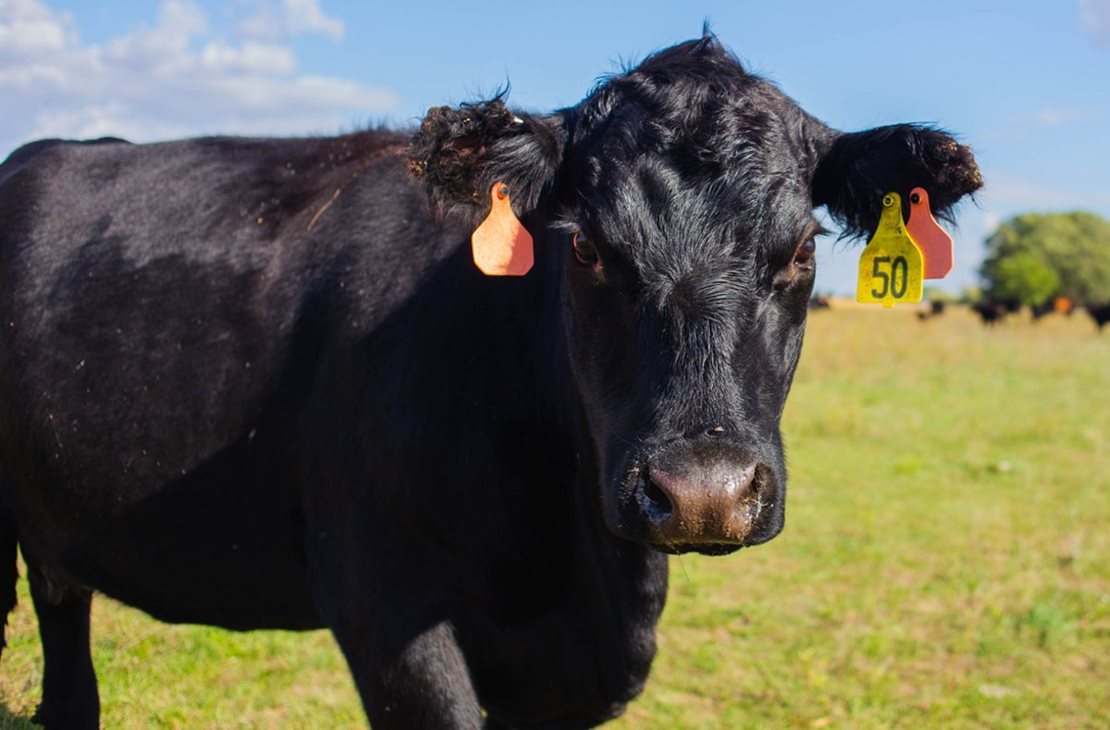
An excerpt from Farm Financial Management: 16 Ways to Stretch Cash Flow by William Edwards, ISU Extension and Outreach - Ag Decision Maker
No matter how well you budget or how efficiently you manage your farm business, there may be periods in which cash flow is negative. No one knows for sure when these periods will occur or how long they will last, but every operation should have a financial contingency plan to provide for unexpected cash flow shortfalls.
The following actions can be taken to improve an operation’s liquidity when projected cash inflows fall short of projected cash outflows.
- Utilize cash surpluses built up from previous years.
- Liquidate stored crops and market livestock. This is part of the farm’s working capital. Note that this is a short-term strategy.
- Tap into a credit reserve or unused borrowing capacity for both current expenses and longer-term investments. At some point lenders will put a limit on how much debt can be accumulated, though.
- Use equity in long-term assets such as land or machinery to refinance excess current liabilities if the need arises. Payments can be scheduled over several years instead of being all due in one year.
- Lengthen the repayment period on term loans. Rewriting a 3-year note to a 6-year note will cut the payments nearly in half. Of course, more interest is paid in the long run. Balloon payments can also be used to reduce debt servicing in the short run. This would allow for shorter payments in the short term and a large payment at the end of the borrowing period, when cash flow is improved.
Low prices and high costs affect everyone. These actions are not substitutes for operating a profitable business. In some cases, actions that are not profitable in the long run may have to be taken in order to cover cash flow obligations in the short run. But, depending on the severity of the farm’s financial condition, any of them can be applied as a means to continue operating until profits increase.
Click here to read the entire article from Iowa State Extension.


